20th Century
The Era
Art Deco
1920 - 1935
The Era
Art Deco is a style of visual arts that emerged in France just before WW1, and takes its name from the Exposition Internationale des Arts Décoratifs et Industriels Modernes held in Paris in 1925. Combining modernist styles with skilled craftsmanship, the movement was influenced by the bold geometric forms of Cubism, the typically bright colours of the Ballet Russes, and often incorporated new and exotic materials. The Bauhaus philosophy of "no barriers between artists and craftsmen" led to some beautiful and stylistically simplified forms. The 1920s and ‘30s saw designers such as Cartier and René Lalique attempted to reduce the prevalence of diamonds in jewellery, in favour of more colourful gemstones, such as small emeralds, sapphires and rubies – as well lapis lazuli and jade. Millegrain was used to accent gem settings, and geometric designs and motifs were widely incorporated into forward-looking, futuristic styles.
Art Nouveau
1890 - 1915
The Era
Art Nouveau translates literally from French as “New Art”, and can be seen as a backlash against the rampant industrialism and strict social conventions of the Victorian period. The style flourished from 1890 to 1920, drawing inspiration from forms and structures found in nature, and is typically regarded as a Total Art style – encompassing everything from architecture, graphic art, and interior design, to the decorative arts such as jewellery, textiles and furniture. It is characterised by flowing curves and elegant lines, with an emphasis on flowers, birds, and the female form. In jewellery, big diamond statement pieces became less common with more emphasis on vitreous enamelling and new and unusual gemstones such as opal, aquamarine, agates, and other semi-precious stones. This was not only a movement away from Victorian industry and technology, but was intended to make jewellery more affordable for everyone.
BL Bespoke
The Era
A new fine jewellery range by Butter Lane. The collection has been thoughtfully curated, with unique pieces taking inspiration from bygone eras. Seamlessly melding antique motifs with contemporary vision and artisan craftsmanship. Each piece is hand made in England exclusively for Butter Lane.
Bracelets
Antique bracelets available in gold and silver. From Georgian times to modern day. Free worldwide delivery.
The Era
Brooches
Antique brooches in gold and silver. Jewellery from Georgian times to modern day. Free worldwide delivery.
The Era
by Butter Lane
Our collection of contemporary jewellery. Designed by Butter Lane Antiques and handmade in England.
The Era
Our collection of contemporary jewellery designed by Butter Lane Antiques and handmade in England.
Conversions
Antique and vintage conversions in gold and silver. Items from the Georgian era up until modern day.
The Era
Custom Signet Rings
The Era
Cyber Monday 2017
The Era
Earrings
Antique earrings and other jewellery pieces from the Georgian period to modern day. Free worldwide delivery.
The Era
Edwardian
1901 - 1910
The Era
The Edwardian period covers the short reign of King Edwardian VII of England, although stylistically it is often extended through to 1920. Samuel Haynes describes the era as a “leisurely time when women wore picture hats and did not vote, when the rich were not ashamed to live conspicuously, and the sun really never set on the British flag”. Long before he sat on the throne, King Edward was head of a fashionable elite and strongly influenced by the art and styles of continental Europe. The late 19th Century – the fin de siècle – saw jewellery trends move away from the large and ostentatious pieces that characterised the High Victorian period, towards smaller more refined pieces. By 1903, technology had advanced such that jewellers could now work with platinum: the strength of this new precious metal allowed incredibly delicate metal-work such as millegrain, openwork, and filigree, all of which were ubiquitous in the Edwardian era.
Engagement Rings
Browse our collection of genuine, antique engagement rings. Jewellery from the Georgian period to modern day.
The Era
Shop our collection of antique & vintage engagement rings.
Georgian
1714 - 1830
The Era
Four Kings of England give their names to the Georgian era, which lasted from 1714 to 1830 (although the period is usually extended through to 1837, the beginning of Queen Victoria’s reign). The period was a hotbed for change, and England was engaged in near-constant wars fought by both the Crown and the East India Company, which had gained formidable power and was equipped with its own private armies. Jewellery was reserved mainly for the Aristocratic upper classes, with each piece individually crafted by a skilled hand. Elaborate fashions and hairstyles required similarly ornate – and often huge – pieces of jewellery; garnets, emeralds, topaz, and diamonds were popular, as well as corals, pearls, turquoise and various forms of agate.
Home page
The Era
Hot 20
The Era
Alex & Monty's Top Picks
Intaglio
Shop our collection of hand-carved vintage intaglios and pendant seals. Fabulous antique pieces in gold and silver.
The Era
Shop our collection of hand-carved intaglios and seals
Jewellery Sold List
The Era
Browse our collection of jewellery that has already been sold. If you would like something similar, take a look at our online store or contact us.
Lockets
Browse our collection of antique locket jewellery in gold and silver. Genuine pieces from the Georgian period onwards.
The Era
Mid-Century
1940 - 1959
The Era
Deco was replaced in the 1940s by the strictly functional and unadorned styles of Modernism. As an aesthetic style, Mid-Century modern is characterised by asymmetric designs – often inspired by buildings and industrial machinery – and oversized statement pieces. Platinum became unavailable for civilian use so jewellery makers returned to using mainly rose and yellow gold, often employing imaginative strategies to create larger-scale pieces using less metal.
Modern
1960 to modern day
The Era
Jewellery is probably more prevalent in today than it ever has been. Mass production – and advances in material technologies – have made jewellery easily accessible and, coupled with the “throw away” culture of the West, cheap costume jewellery can be updated and discarded with each new fashion season. Most modern commercial jewellery continues traditional forms and styles, but designers such as Georg Jensen have widened the concept of wearable art. The advent of new materials, such as plastics, precious metal clay, and colouring techniques, has led to increased variety in styles. The idea of “jewellery as art” was propagated by figures such as Robert Lee Morris and Gill Forsbrook, and many contemporary art colleges now offer courses in artistic jewellery making.
Necklaces
Antique necklace jewellery, from the Georgian period to modern day. Free worldwide delivery.
The Era
New Acquisitions
The Era
Objects
Antique jewellery items from the Georgian era to modern day. A great gift for him or her. Free worldwide delivery.
The Era
Pendants
Antique pendant jewellery in gold and silver. From Georgian times to modern day. Free worldwide delivery.
The Era
Pre-Georgian
Pre-1714
The Era
Jewellery is nothing new. For as long as we know, people have worn precious gemstones, metals, and other sentimental items around their arms, necks, and legs; on their ears, tongues, and noses. Occasionally we are lucky enough to come across very old and ancient pieces of jewellery, which have often rested underground for hundreds of years.
Rings
Antique rings from the Georgian era up until modern day. Perfect for engagements, weddings or just that special gift.
The Era
Shop All
A family-run business selling English antique jewellery online. Browse our collection of well thought out pieces.
The Era
Smalls Collection
The Era
Victorian
1837 - 1901
The Era
The Victorian era spanned the period of Queen Victoria’s reign – June 1837 to January 1901. For the United Kingdom it was a time of great stability and prosperity: people adopted a highly moralistic attitude, a strong aversion to crime and anything overtly bawdy, and developed a strict and comprehensive set of social rules and conventions. There was a cultural shift away from the reason-driven rationalism of the Georgian era, making way for more romantic and sentimental ideologies. Naturally, this is reflected in the jewellery of the era, which incorporates a plethora of symbols and motifs that were known represent anything from Hope to Death. Jewellery became more accessible to the masses as a middle class developed with more disposable income, and advancement in production techniques meant that – towards late 19th Century – jewellery could be mass produced for the first time.
Vintage Jewellery Online From 1936 Onwards
The Era
Vintage jewellery from 1918 to present day. Fabulous antique pieces in gold and silver.
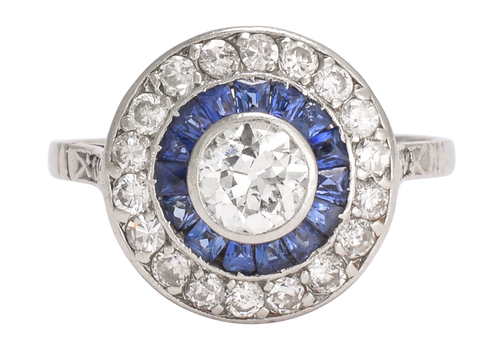
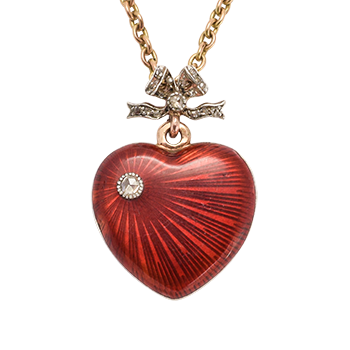
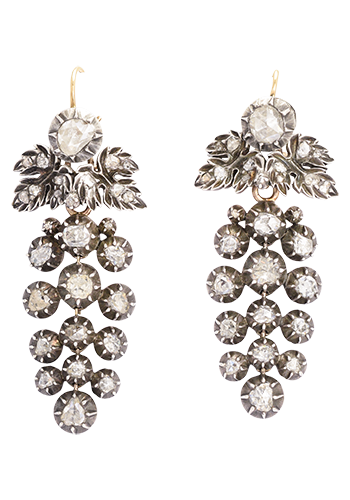
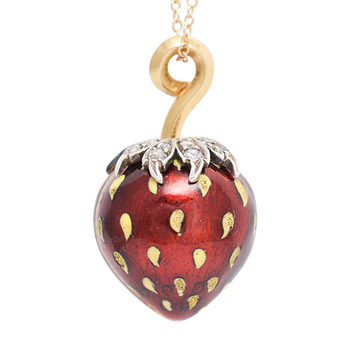
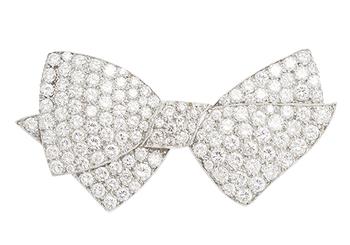
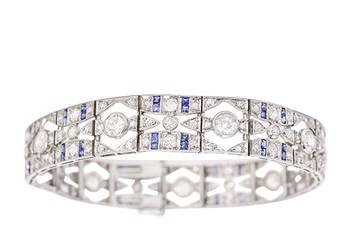
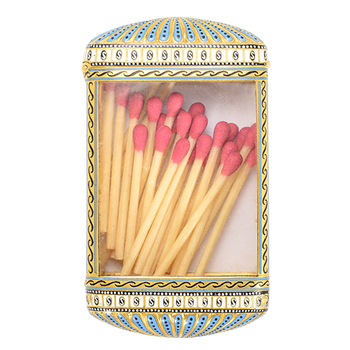
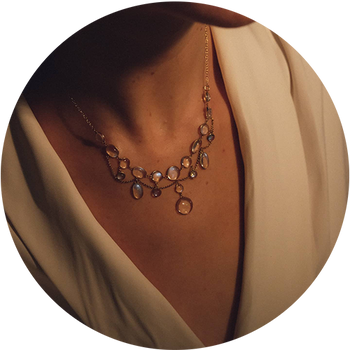
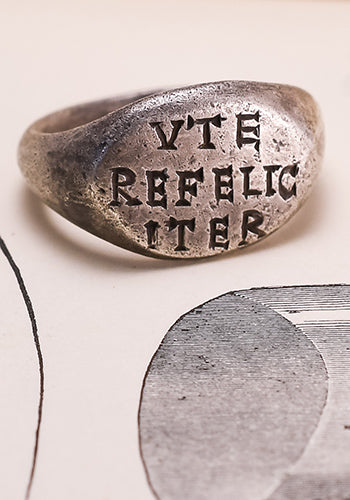
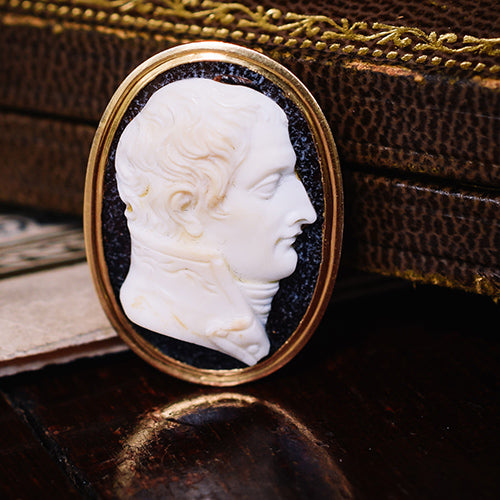
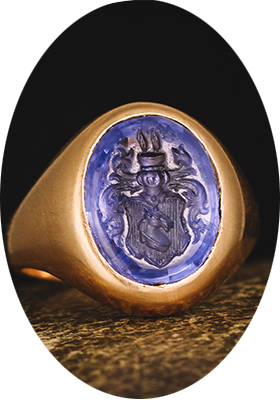
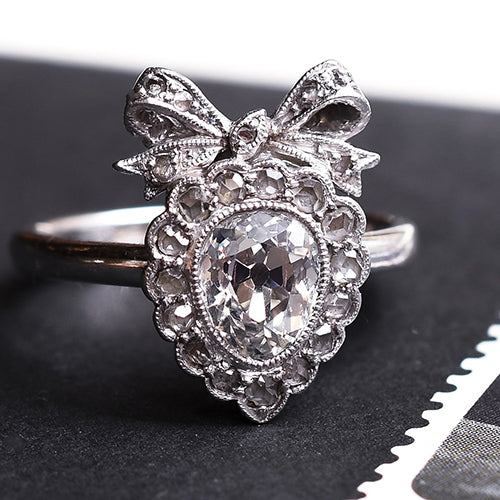
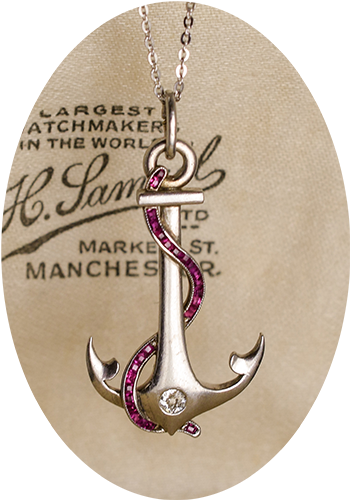
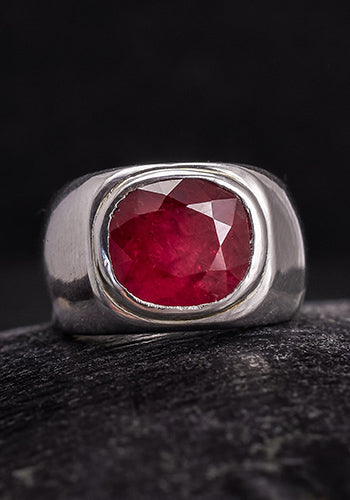
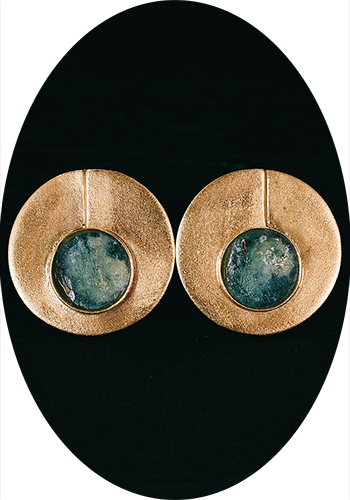
Instagram
Browse our collection of antique jewelry posted to Instagram.
The Era